
R Machine Learning Essentials
¥71.93
If you want to learn how to develop effective machine learning solutions to your business problems in R, this book is for you. It would be helpful to have a bit of familiarity with basic object-oriented programming concepts, but no prior experience is required.

R Machine Learning Essentials
¥71.93
If you want to learn how to develop effective machine learning solutions to your business problems in R, this book is for you. It would be helpful to have a bit of familiarity with basic object-oriented programming concepts, but no prior experience is required.
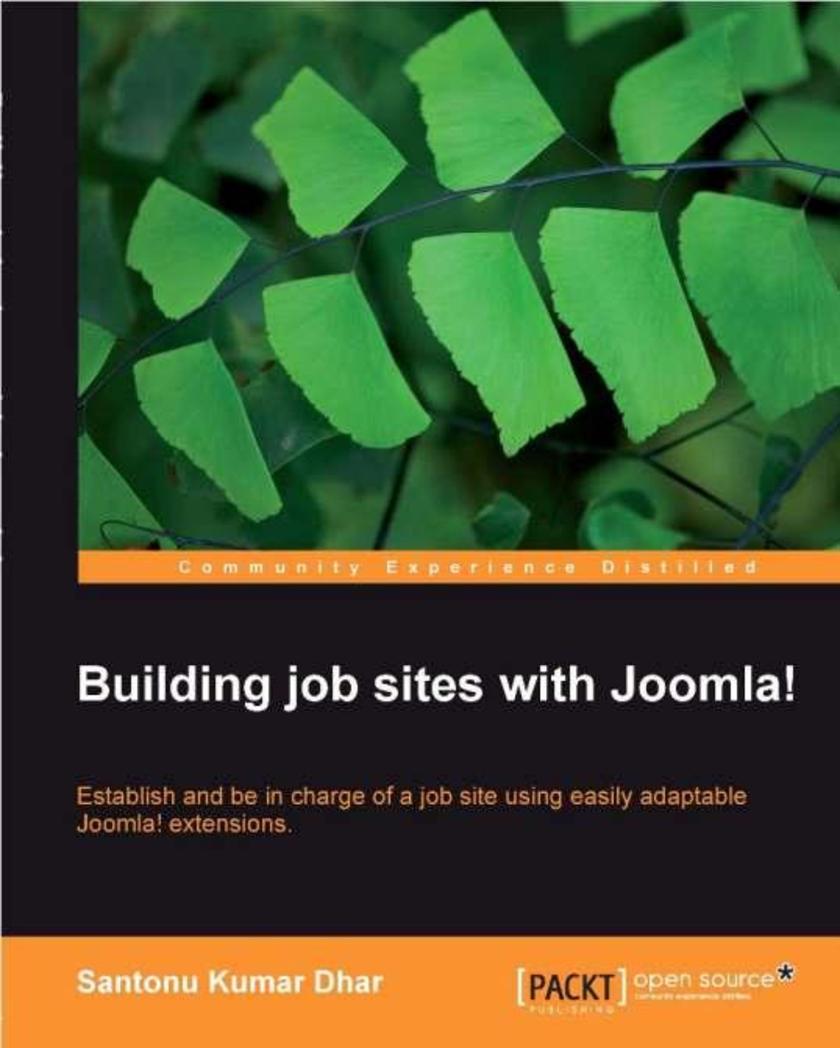
Building job sites with Joomla!
¥71.93
This will be a step-by-step tutorial - a workbook with practical approach. The book starts by looking at the important features that make a professional job site: adding and managing jobs, jobseekers and employers, providing online recruitment services, selling credits and managing credit system, SEO to drive huge traffic to your job site, and so on. This book includes a lot of screenshots which not only illustrate tasks but also create a visual impact. This book contains overall necessary information that is important for the understanding of job site development. If you are looking for building and managing a job site using Joomla! extensions then this book is for you. Prior knowledge of using extensions is not expected but Joomla! basics will be required.
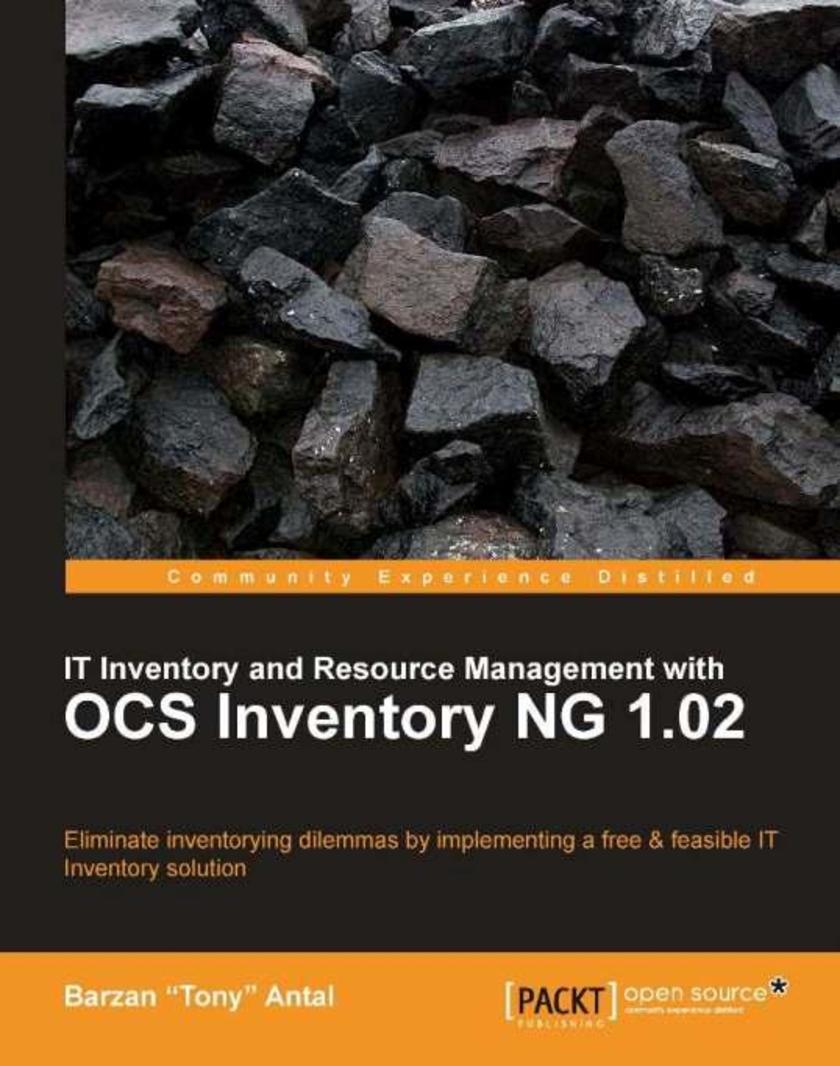
IT Inventory and Resource Management with OCS Inventory NG 1.02
¥71.93
This book closely follows the style of a practical, hands-on "how to" guide on working with OCS Inventory NG. The step-by-step approach, coupled with the use of visual aids, clear instructions, and real-world examples, makes it a fast-paced book. Upon the completion of this book, you will have the necessary skill set, know-how, and confidence to implement OCS Inventory NG to meet the demanding asset management needs of any organization. Then you can carry on using the book as reference material. This book targets an audience of system administrators and IT professionals who are required to implement, configure, customize, and work with IT Inventory and Asset Management solutions. The book does not presume any prior knowledge of inventory management, just a solid grasp of the server/client model and familiarity with the chosen operating system along with the necessary web server and database server terminologies. Anyone with an interest in inventorying IT assets and solving real-world resource management dilemmas will enjoy this book.
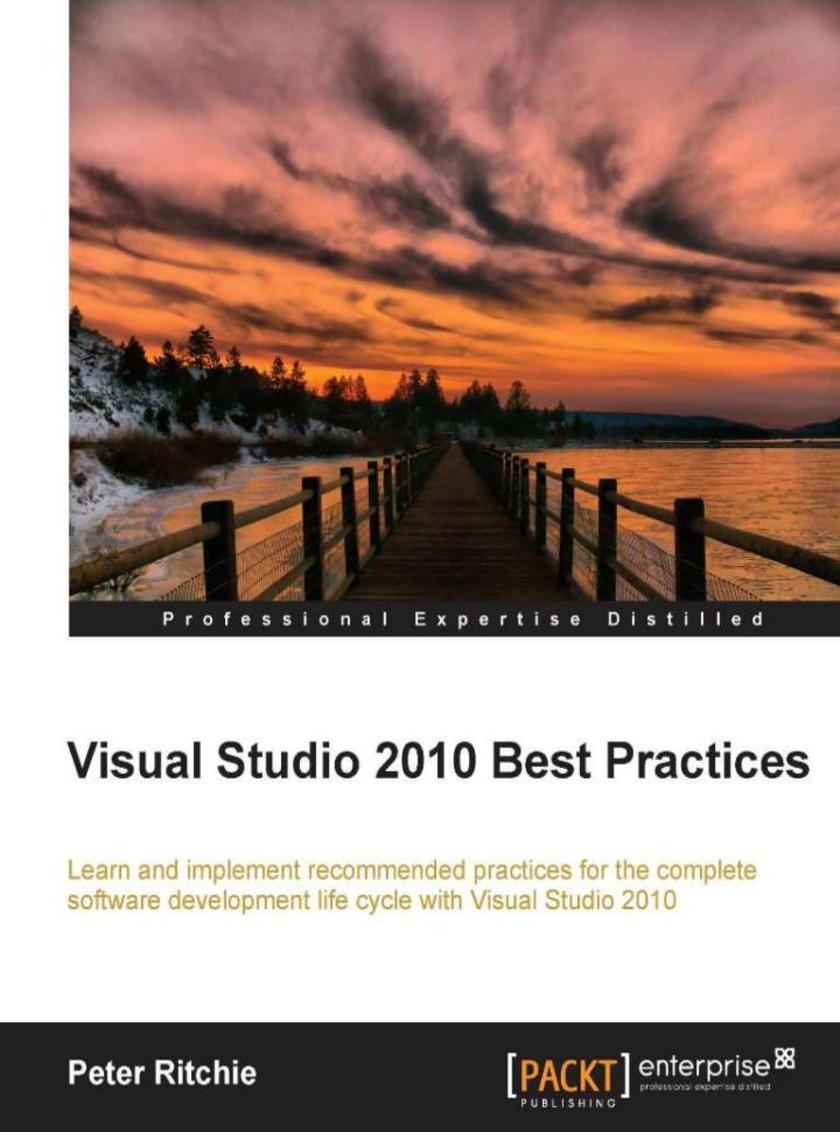
Visual Studio 2010 Best Practices
¥71.93
It will be a step-by-step tutorial that will discuss best practices. The book is structured in such a way that it can be read both from start to end or can dipped into. .Net developers using Visual Studio for programming will find this book useful. If you are developing your application with C#, you will find better ways to do things with Visual Studio. You should know basics of development with .Net Framework and need working knowledge on VIsual Studio
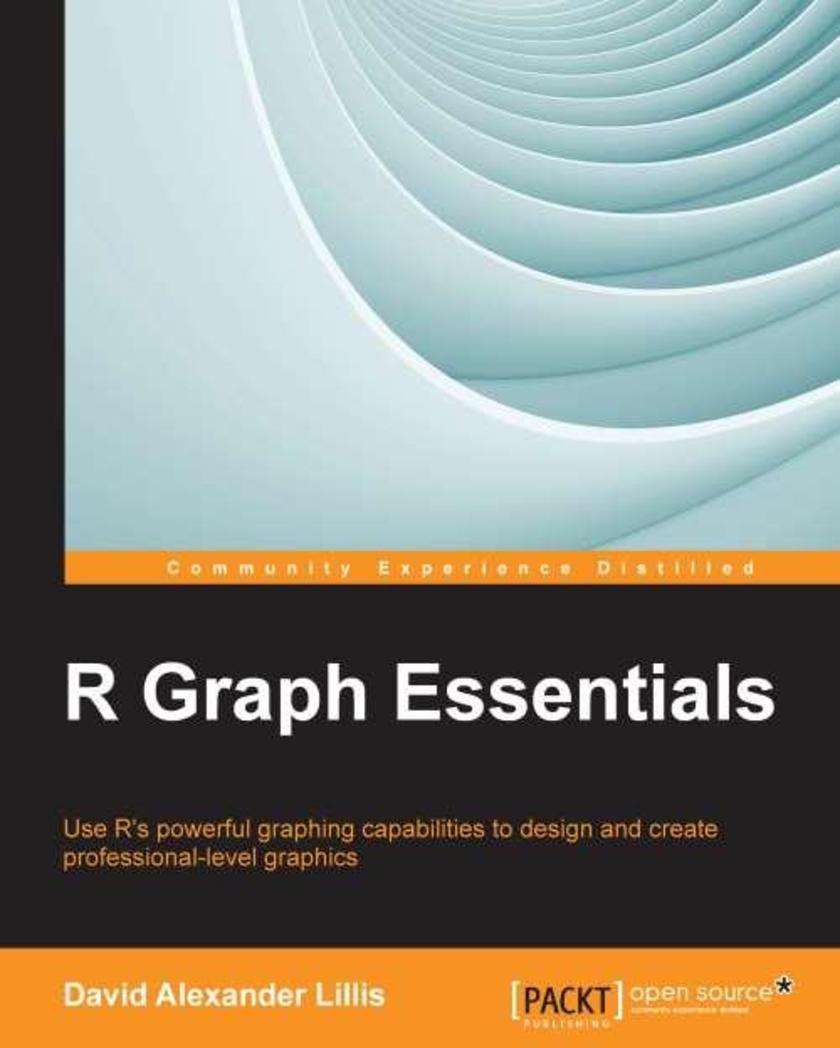
R Graph Essentials
¥71.93
This book is targeted at R programmers who want to learn the graphing capabilities of R. This book will presume that you have working knowledge of R.
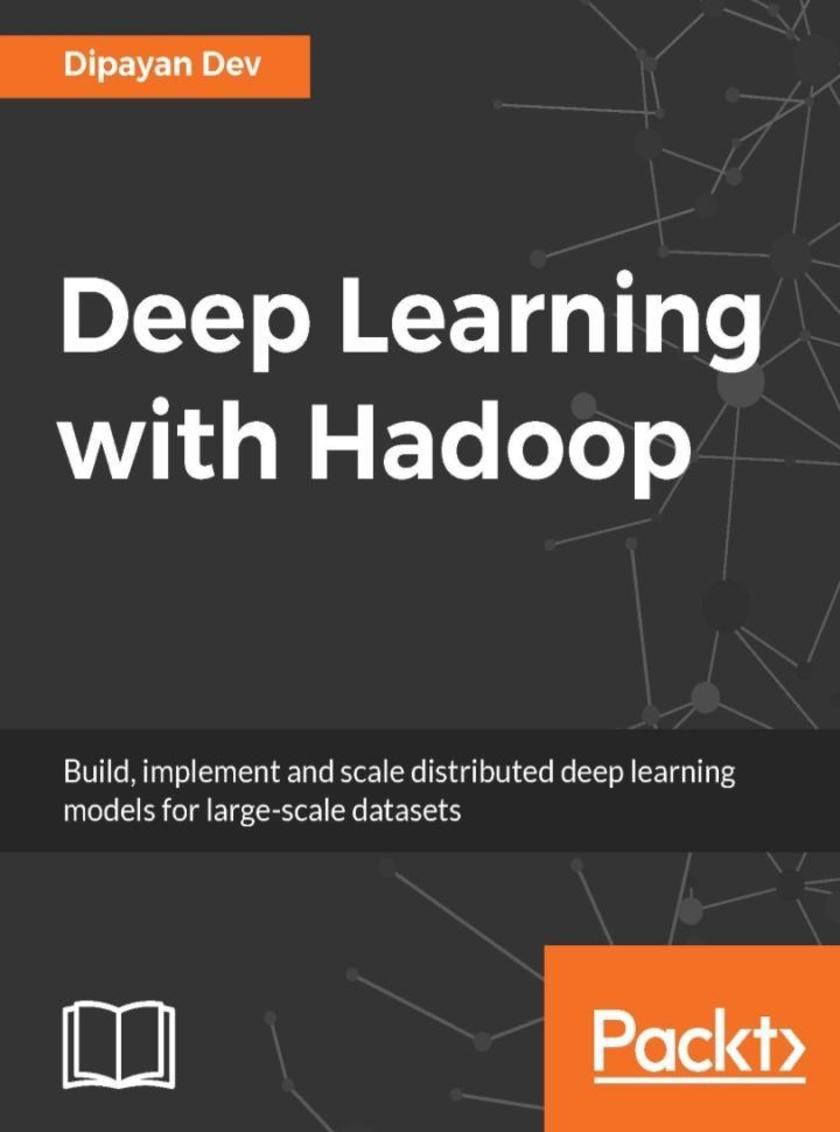
Deep Learning with Hadoop
¥71.93
Build, implement and scale distributed deep learning models for large-scale datasets About This Book Get to grips with the deep learning concepts and set up Hadoop to put them to use Implement and parallelize deep learning models on Hadoop’s YARN framework A comprehensive tutorial to distributed deep learning with Hadoop Who This Book Is For If you are a data scientist who wants to learn how to perform deep learning on Hadoop, this is the book for you. Knowledge of the basic machine learning concepts and some understanding of Hadoop is required to make the best use of this book. What You Will Learn Explore Deep Learning and various models associated with it Understand the challenges of implementing distributed deep learning with Hadoop and how to overcome it Implement Convolutional Neural Network (CNN) with deeplearning4j Delve into the implementation of Restricted Boltzmann Machines (RBM) Understand the mathematical explanation for implementing Recurrent Neural Networks (RNN) Get hands on practice of deep learning and their implementation with Hadoop. In Detail This book will teach you how to deploy large-scale dataset in deep neural networks with Hadoop for optimal performance. Starting with understanding what deep learning is, and what the various models associated with deep neural networks are, this book will then show you how to set up the Hadoop environment for deep learning. In this book, you will also learn how to overcome the challenges that you face while implementing distributed deep learning with large-scale unstructured datasets. The book will also show you how you can implement and parallelize the widely used deep learning models such as Deep Belief Networks, Convolutional Neural Networks, Recurrent Neural Networks, Restricted Boltzmann Machines and autoencoder using the popular deep learning library deeplearning4j. Get in-depth mathematical explanations and visual representations to help you understand the design and implementations of Recurrent Neural network and Denoising AutoEncoders with deeplearning4j. To give you a more practical perspective, the book will also teach you the implementation of large-scale video processing, image processing and natural language processing on Hadoop. By the end of this book, you will know how to deploy various deep neural networks in distributed systems using Hadoop. Style and approach This book takes a comprehensive, step-by-step approach to implement efficient deep learning models on Hadoop. It starts from the basics and builds the readers’ knowledge as they strengthen their understanding of the concepts. Practical examples are included in every step of the way to supplement the theory.
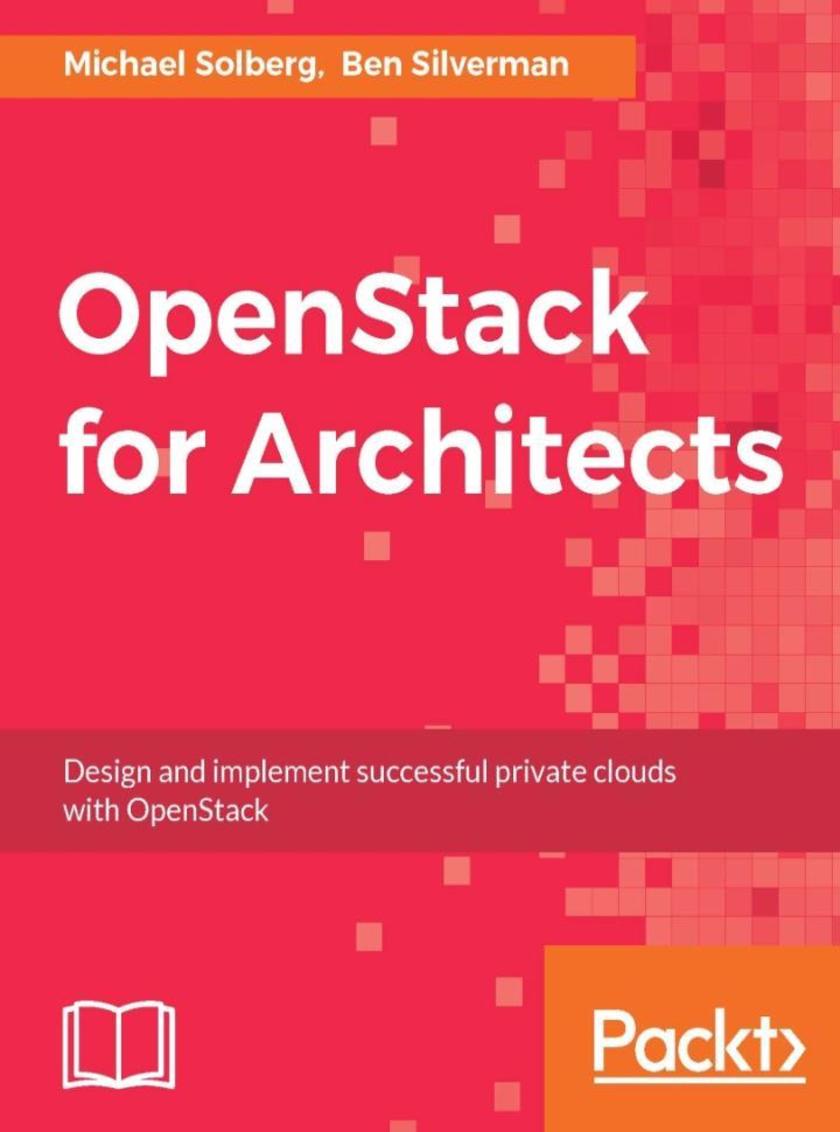
OpenStack for Architects
¥71.93
Design and implement successful private clouds with OpenStack About This Book Explore the various design choices available for cloud architects within an OpenStack deployment Craft an OpenStack architecture and deployment pipeline to meet the unique needs of your organization Create a product roadmap for Infrastructure as a Service in your organization using this hands-on guide Who This Book Is For This book is written especially for those who will design OpenStack clouds and lead their implementation. These people are typically cloud architects, but may also be in product management, systems engineering, or enterprise architecture. What You Will Learn Familiarize yourself with the components of OpenStack Build an increasingly complex OpenStack lab deployment Write compelling documentation for the architecture teams within your organization Apply Agile configuration management techniques to deploy OpenStack Integrate OpenStack with your organization's identity management, provisioning, and billing systems Configure a robust virtual environment for users to interact with Use enterprise security guidelines for your OpenStack deployment Create a product roadmap that delivers functionality quickly to the users of your platform In Detail Over the last five years, hundreds of organizations have successfully implemented Infrastructure as a Service (IaaS) platforms based on OpenStack. The huge amount of investment from these organizations, industry giants such as IBM and HP, as well as open source leaders such as Red Hat have led analysts to label OpenStack as the most important open source technology since the Linux operating system. Because of its ambitious scope, OpenStack is a complex and fast-evolving open source project that requires a diverse skill-set to design and implement it. This guide leads you through each of the major decision points that you'll face while architecting an OpenStack private cloud for your organization. At each point, we offer you advice based on the experience we've gained from designing and leading successful OpenStack projects in a wide range of industries. Each chapter also includes lab material that gives you a chance to install and configure the technologies used to build production-quality OpenStack clouds. Most importantly, we focus on ensuring that your OpenStack project meets the needs of your organization, which will guarantee a successful rollout. Style and approach This is practical, hands-on guide to implementing OpenStack clouds, where each topic is illustrated with real-world examples and then the technical points are proven in the lab.
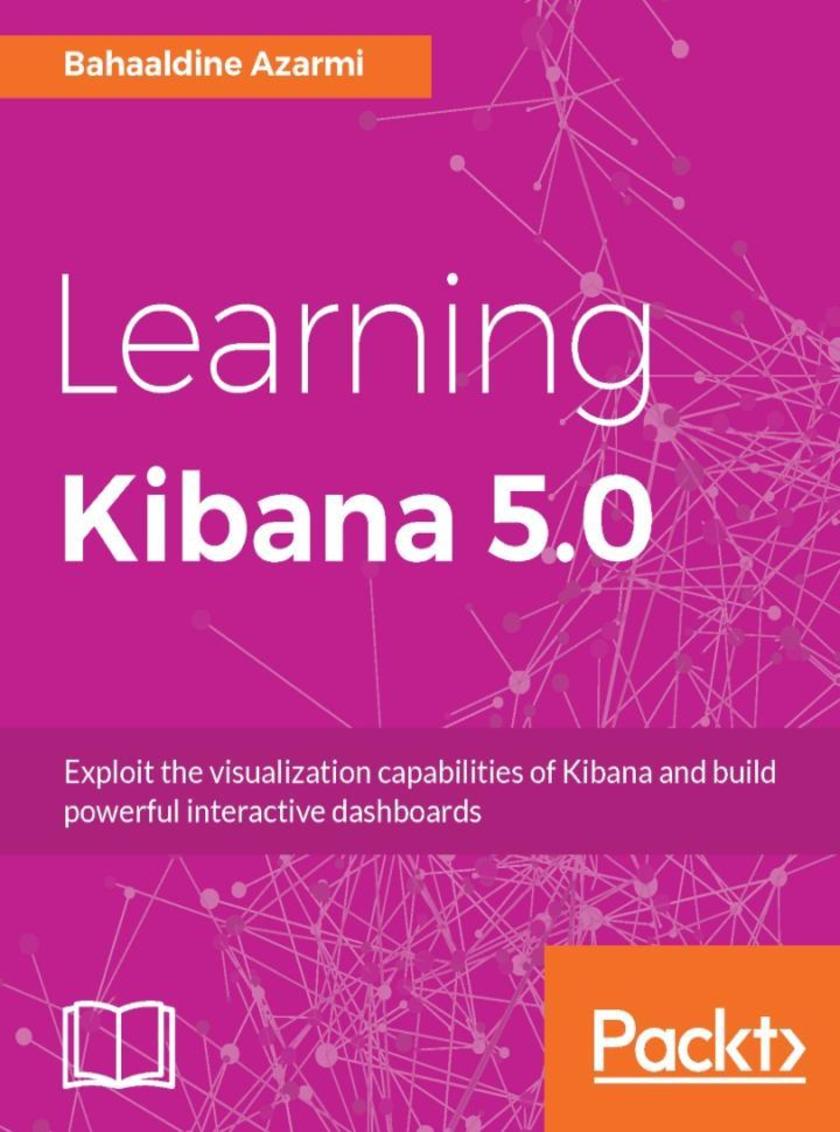
Learning Kibana 5.0
¥71.93
Exploit the visualization capabilities of Kibana and build powerful interactive dashboards About This Book Introduction to data-driven architecture and the Elastic stack Build effective dashboards for data visualization and explore datasets with Elastic Graph A comprehensive guide to learning scalable data visualization techniques in Kibana Who This Book Is For If you are a developer, data visualization engineer, or data scientist who wants to get the best of data visualization at scale then this book is perfect for you. A basic understanding of Elasticsearch and Logstash is required to make the best use of this book. What You Will Learn How to create visualizations in Kibana Ingest log data, structure an Elasticsearch cluster, and create visualization assets in Kibana Embed Kibana visualization on web pages Scaffold, develop, and deploy new Kibana & Timelion customizations Build a metrics dashboard in Timelion based on time series data Use the Graph plugin visualization feature and leverage a graph query Create, implement, package, and deploy a new custom plugin Use Prelert to solve anomaly detection challenges In Detail Kibana is an open source data visualization platform that allows you to interact with your data through stunning, powerful graphics. Its simple, browser-based interface enables you to quickly create and share dynamic dashboards that display changes to Elasticsearch queries in real time. In this book, you’ll learn how to use the Elastic stack on top of a data architecture to visualize data in real time. All data architectures have different requirements and expectations when it comes to visualizing the data, whether it’s logging analytics, metrics, business analytics, graph analytics, or scaling them as per your business requirements. This book will help you master Elastic visualization tools and adapt them to the requirements of your project. You will start by learning how to use the basic visualization features of Kibana 5. Then you will be shown how to implement a pure metric analytics architecture and visualize it using Timelion, a very recent and trendy feature of the Elastic stack. You will learn how to correlate data using the brand-new Graph visualization and build relationships between documents. Finally, you will be familiarized with the setup of a Kibana development environment so that you can build a custom Kibana plugin. By the end of this book you will have all the information needed to take your Elastic stack skills to a new level of data visualization. Style and approach This book takes a comprehensive, step-by-step approach to working with the visualization aspects of the Elastic stack. Every concept is presented in a very easy-to-follow manner that shows you both the logic and method of implementation. Real world cases are referenced to highlight how each of the key concepts can be put to practical use.
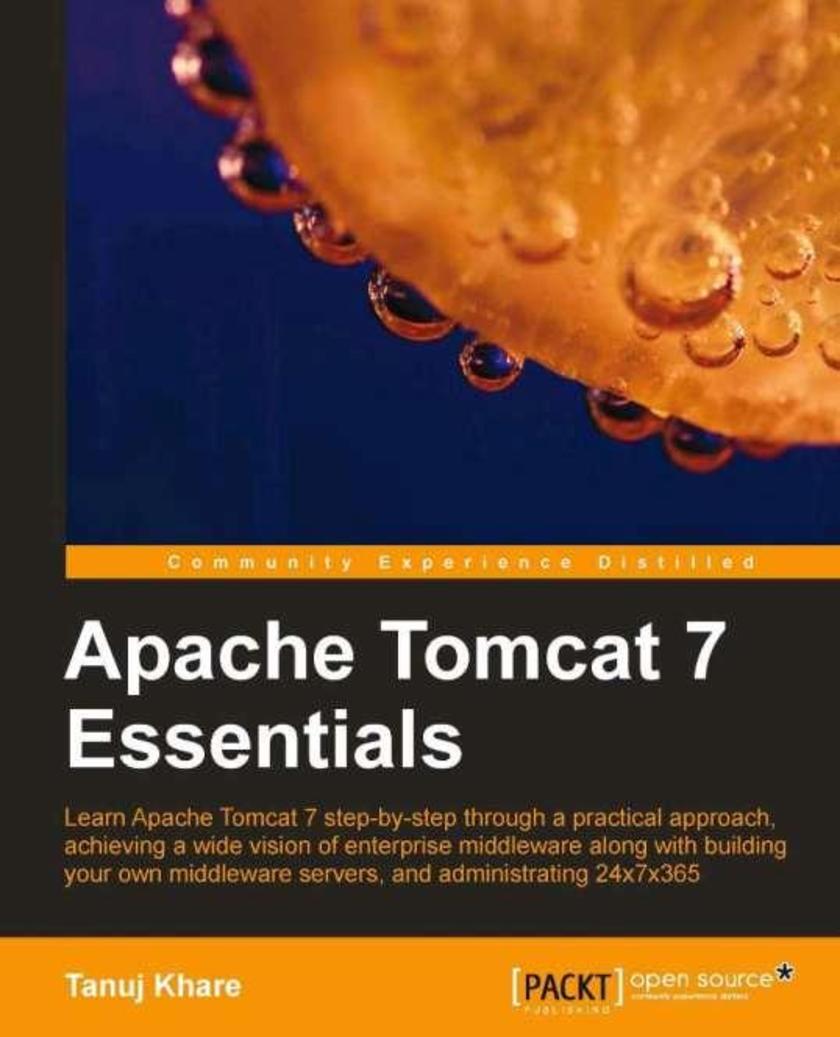
Apache Tomcat 7 Essentials
¥71.93
This book is a step-by-step tutorial for anyone wanting to learn Apache Tomcat 7 from scratch. There are plenty of illustrations and examples to escalate you from a novice to an expert with minimal strain. If you are a J2EE administrator, migration administrator, technical architect, or a project manager for a web hosting domain, and are interested in Apache Tomcat 7, then this book is for you. If you are someone responsible for installation, configuration, and management of Tomcat 7, then too, this book will be of help to you.
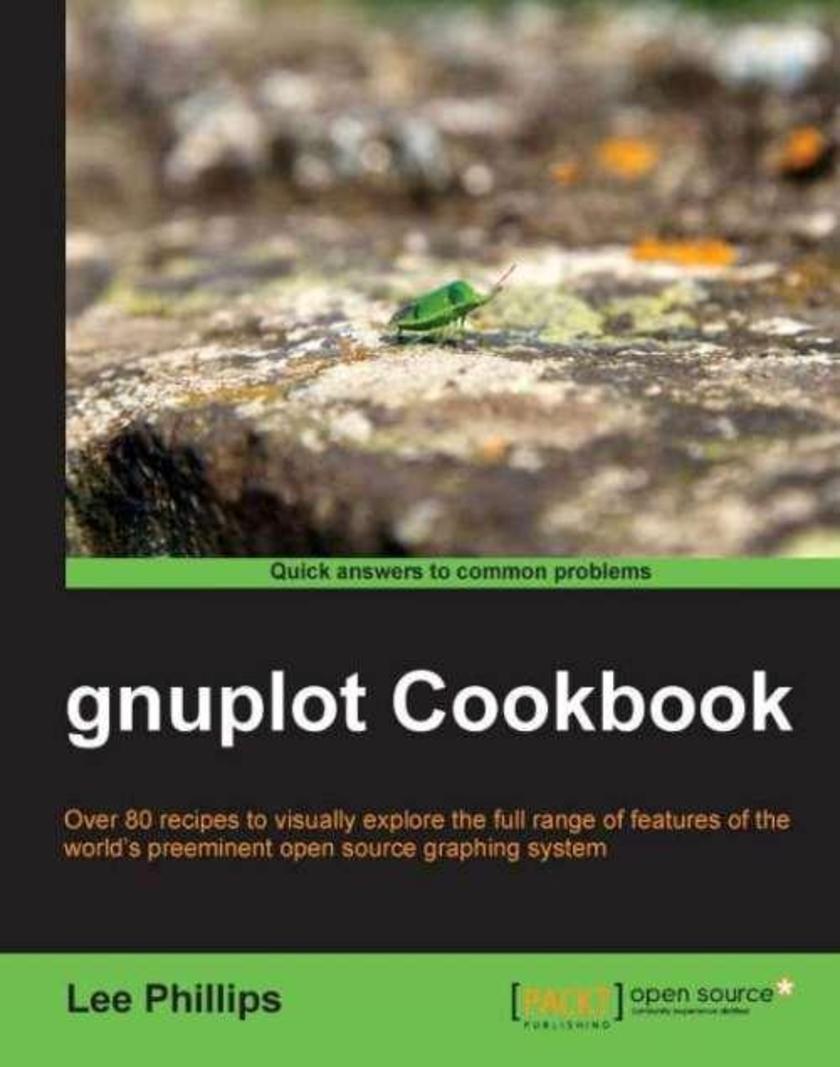
gnuplot Cookbook
¥71.93
Written in Cookbook style, the reader will be taught the features of gnuplot through practical examples accompanied by rich illustrations and code. Every aspect has been considered to ensure ease of understanding of even complex features. Whether you are an old hand at gnuplot or new to it, this book is a convenient visual reference that covers the full range of gnuplot's capabilities, including its latest features. Some basic knowledge of plotting graphs is necessary.
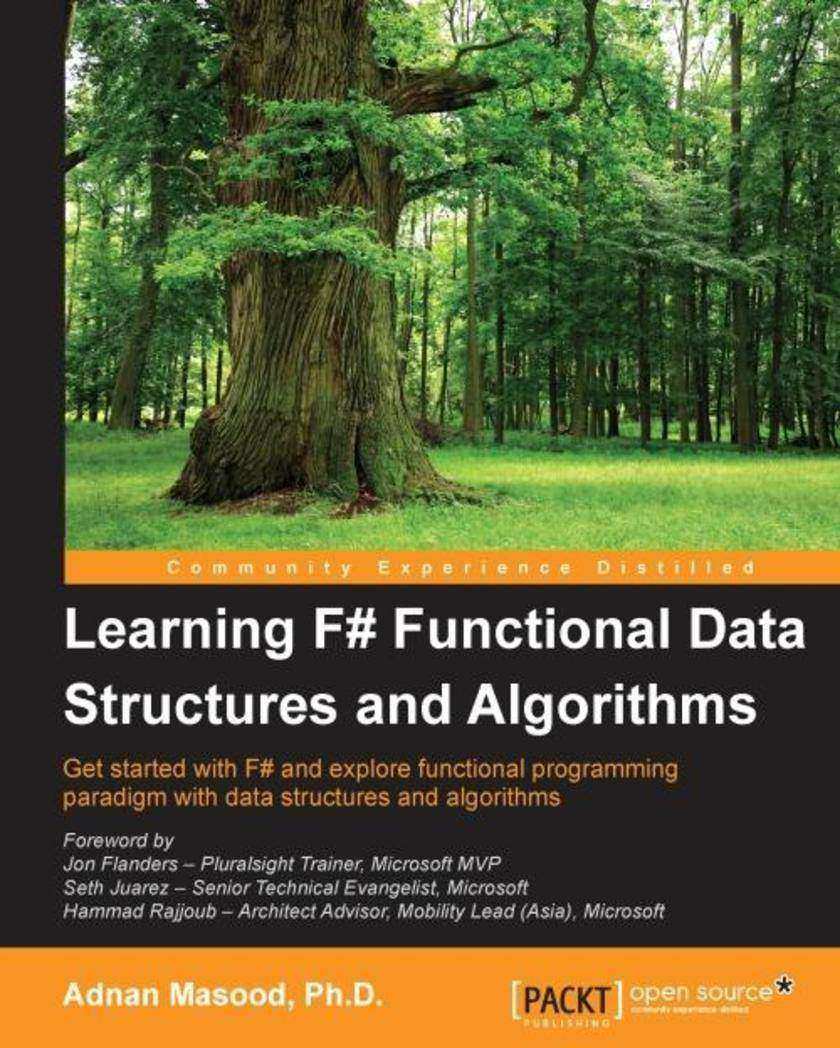
Learning F# Functional Data Structures and Algorithms
¥71.93
If you have just started your adventure with F#, then this book will help you take the right steps to become a successful F# coder. An intermediate knowledge of imperative programming concepts, and a basic understanding of the algorithms and data structures in .NET environments using the C# language and BCL (Base Class Library), would be helpful.
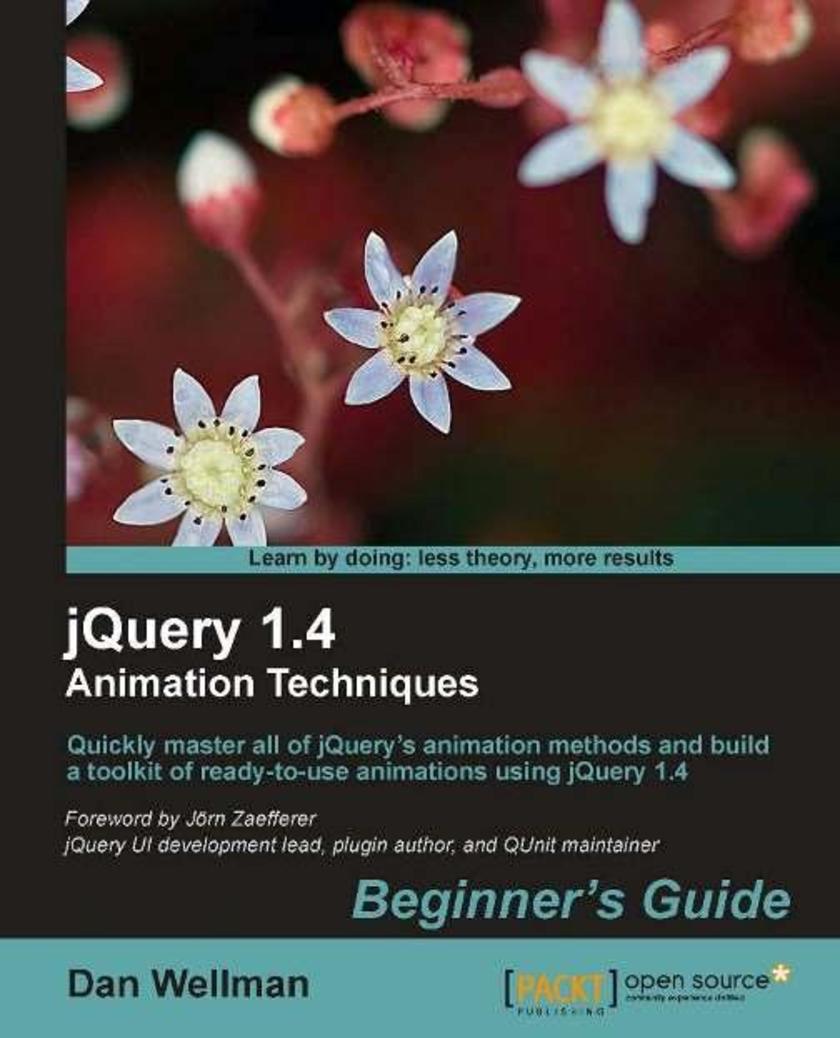
jQuery 1.4 Animation Techniques
¥71.93
All the concepts in the book are explained in a simple, easy to understand, step-by-step manner. There are plenty of examples and images used in this book, with the images properly explained. Written with a friendly and engaging approach, this Packt Beginner's guide is designed to be placed alongside the computer as your guide and mentor to create attractive web page animations using jQuery.This book is written for web designers and front-end developers who already have good knowledge of HTML and CSS, and some experience with jQuery. If you want to learn how to animate the user interface of your web applications with jQuery, then this book is for you.
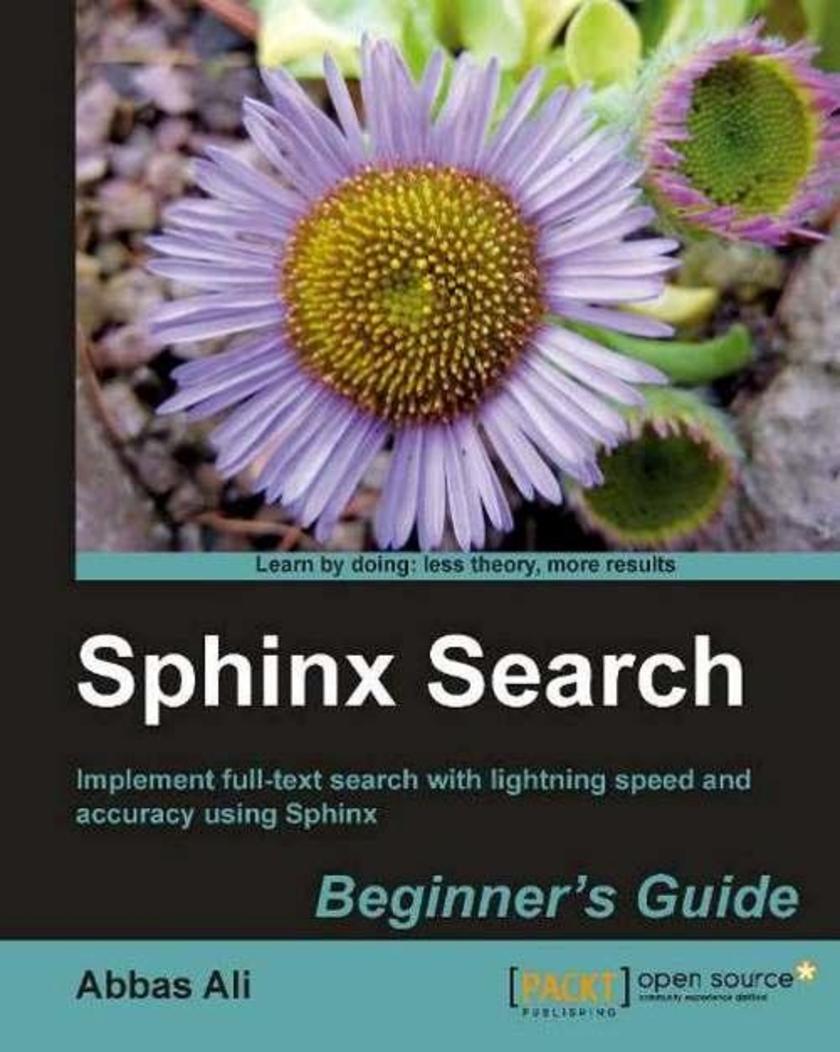
Sphinx Search Beginner's Guide
¥71.93
This book is a step-by-step guide for an absolute beginner. It covers everything, from installing to configuring, to get you started quickly. It has numerous code examples that the reader can try on their own and learn while doing so. It has two full-fledged applications as examples that readers can follow. This book is specifically focused on the Search feature of web applications. This book is for developers who are new to Sphinx Search. All code examples use PHP but the logic is same for any other web *ing languages as well.
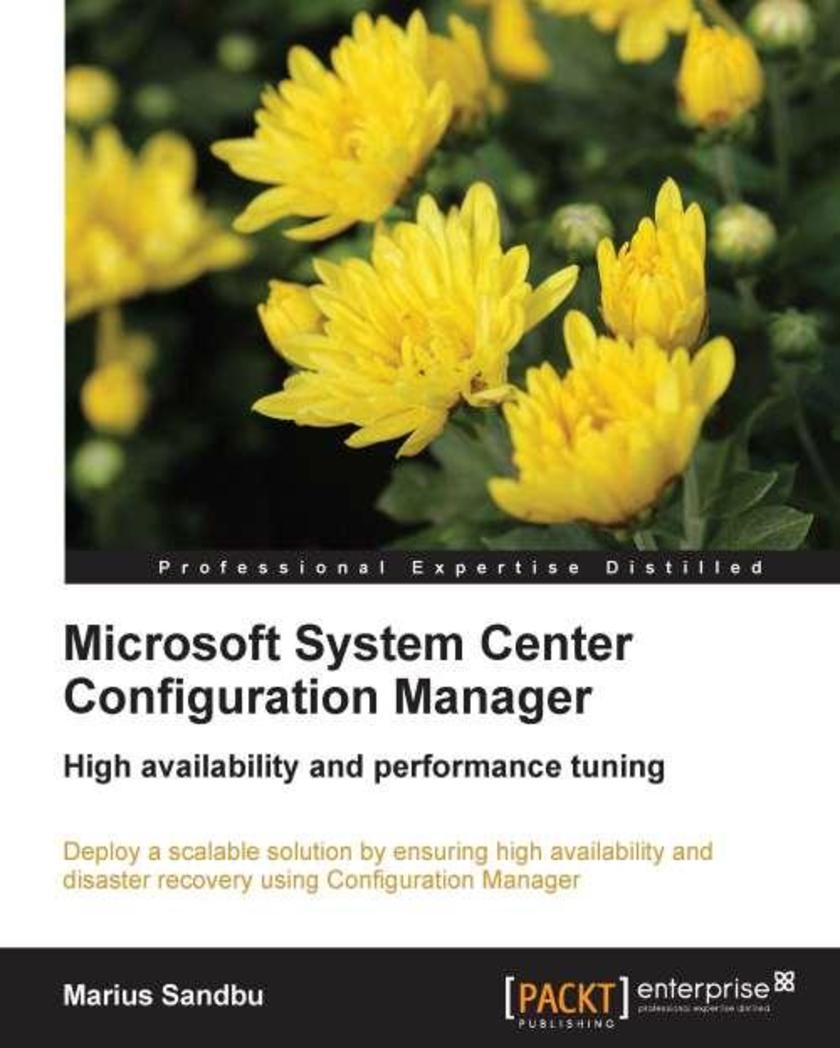
Microsoft SCCM High Availability and Performance Tuning
¥71.93
This book is a step-by-step tutorial that guides you through the key steps in implementing best solutions for high availability and performance tuning. It is split into two distinct approaches: client and site side HA and optimization.Microsoft SCCM High Availability and Performance Tuning is for IT professionals and consultants working with Configuration Manager who wish to learn the skills to deploy a redundant and scalable solution.
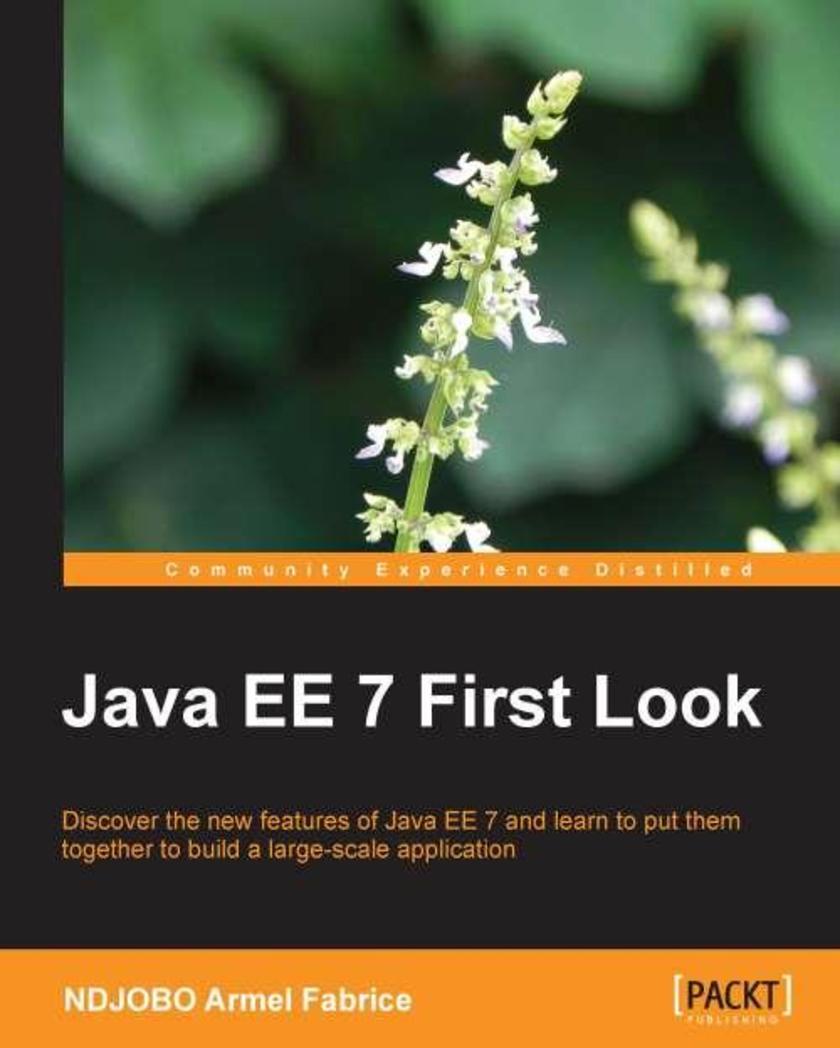
Java EE 7 First Look
¥71.93
An easy-to-follow guide to reveal the new features of Java EE 7 and how to efficiently utilize them.Given the main objectives pursued, this book targets three groups of people with a knowledge of the Java language. They are:Beginners in the Java EE platform who would like to have an idea about the main specifications of Java EE 7.Developers who have experimented with previous versions of Java EE and who would like to explore the new features of Java EE 7.Building architects who want to learn how to put together the various Java EE 7 specifications for building robust and secure enterprise applications

VMware vCloud Security
¥71.93
VMware vCloud Security provides the reader with in depth knowledge and practical exercises sufficient to implement a secured private cloud using VMware vCloud Director and vCloud Networking and Security.This book is primarily for technical professionals with system administration and security administration skills with significant VMware vCloud experience who want to learn about advanced concepts of vCloud security and compliance.

Tapestry 5: Building Web Applications
¥71.93
This book is for those who want to build sophisticated Java web applications quickly and easily. It assumes that the reader is reasonably comfortable with the Java programming language, but no knowledge of web technologies is needed. For experienced Servlet, JSP, or Struts developers, the book will show an alternative way that will allow them to raise their productivity to an incomparable level. With this book you will see that a contemporary component-based framework can be easy to learn and a pleasure to work with.
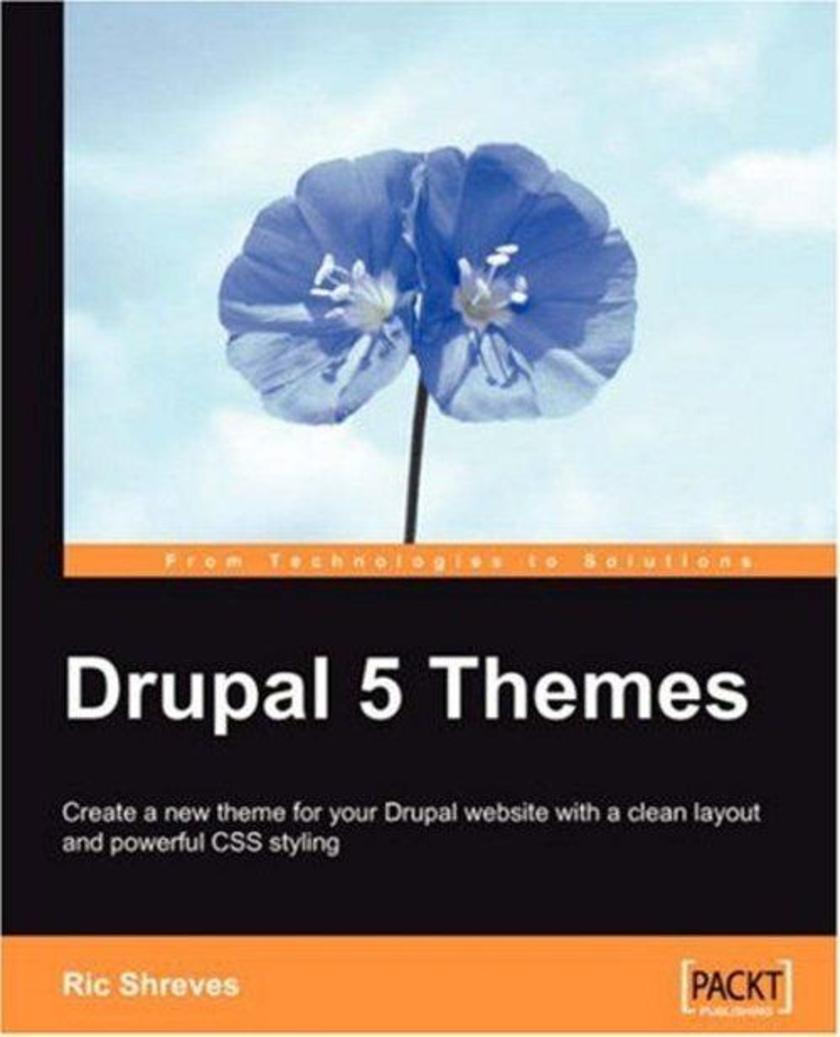
Drupal 5 Themes
¥71.93
This book is the ideal introduction to theming with Drupal 5. If you want to create a striking new look for your Drupal website, this book is for you. Starting from the basics of theme setup and configuration, you will learn about the Drupal theming architecture and the PHPTemplate engine, and then move on to modifying existing themes and building new themes from scratch. Included is a complete guide to the various style sheets and themeable functions in Drupal 5, making this book a valuable resource even to experienced theme developers. It covers: Creating custom templates Basics of theming in pure PHP Modifying an existing PHPTemplate theme" a step-by-step guide Creating a new PHPTemplate theme" a step-by-step guide Working with forms The main requirements to make use of this book are knowledge of HTML, CSS, and a touch of creativity! Although this book aims to make Drupal theming accessible to designers, theming in Drupal 5 involves writing some PHP code, and a basic knowledge of PHP will be helpful.
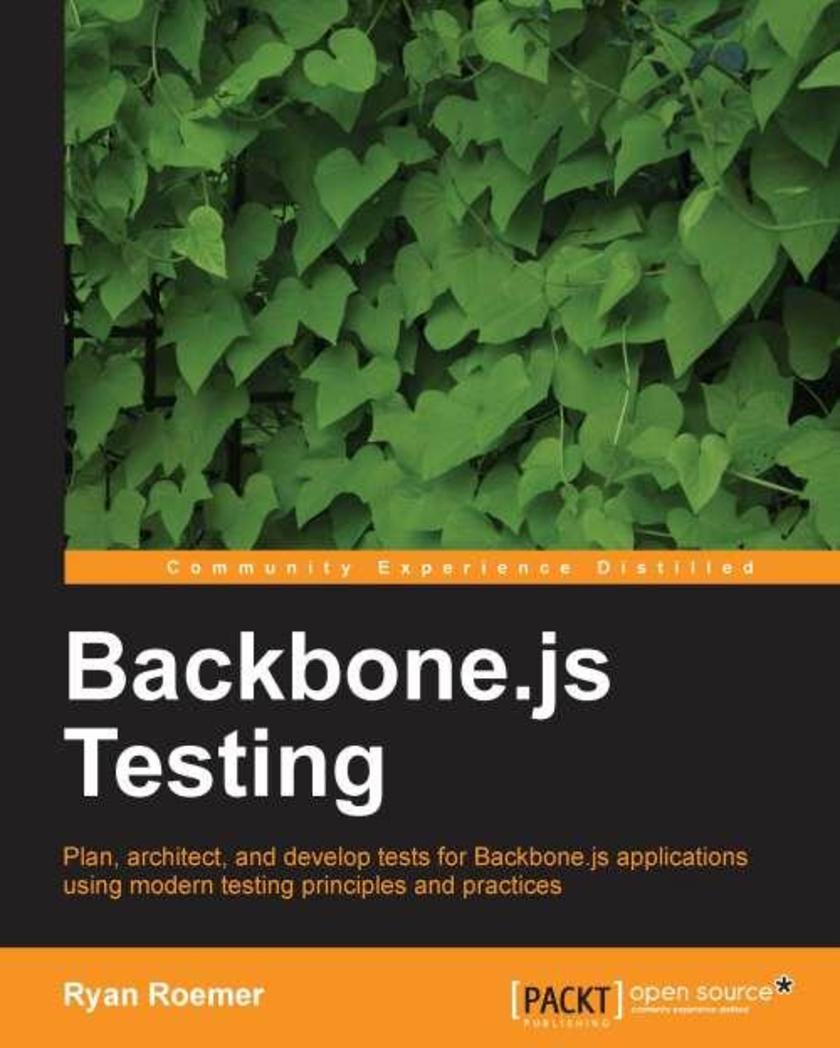
Backbone.js Testing
¥71.93
This book is packed with the step by step tutorial and instructions in recipe format helping you setup test infrastructure and gradually advance your skills to plan, develop, and test your backbone applications.If you are a JavaScript developer looking for recipes to create and implement test support for your backbone application, then this book is ideal for you.

Building your First Mobile Game using XNA 4.0
¥71.93
This book is a step-by-step tutorial with a lot of screenshots that help to explain the concept better. This book will cover the building of a 3D game for Windows Phone using XNA. We won’t explain the C# programming language itself, nor object-oriented programming.We will however explain the aspects of game development thoroughly, so don’t worry if you have never written a 3D game. We will cover all the basics, included the much dreaded math. This is the right book for anyone, regardless of age and gender, if: You are interested in game development You want to start building games for Windows Phone You have some programming knowledge. In this book, we will first go over the technical topics, and end up building a 3D game for Windows Phone 7 together!




 购物车
购物车 个人中心
个人中心



